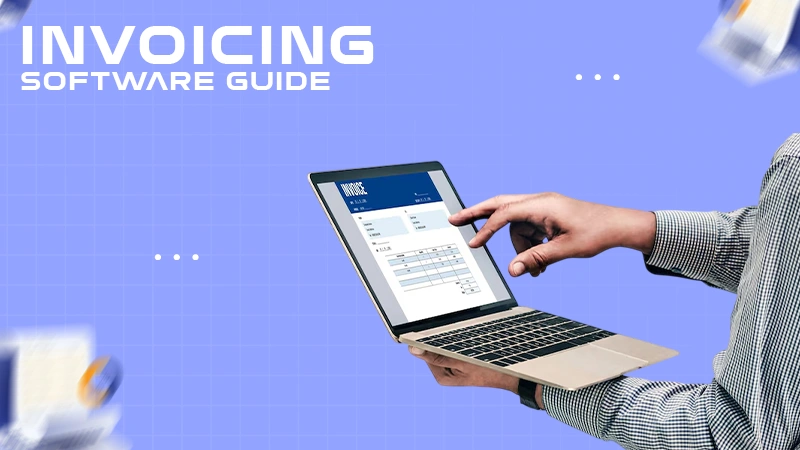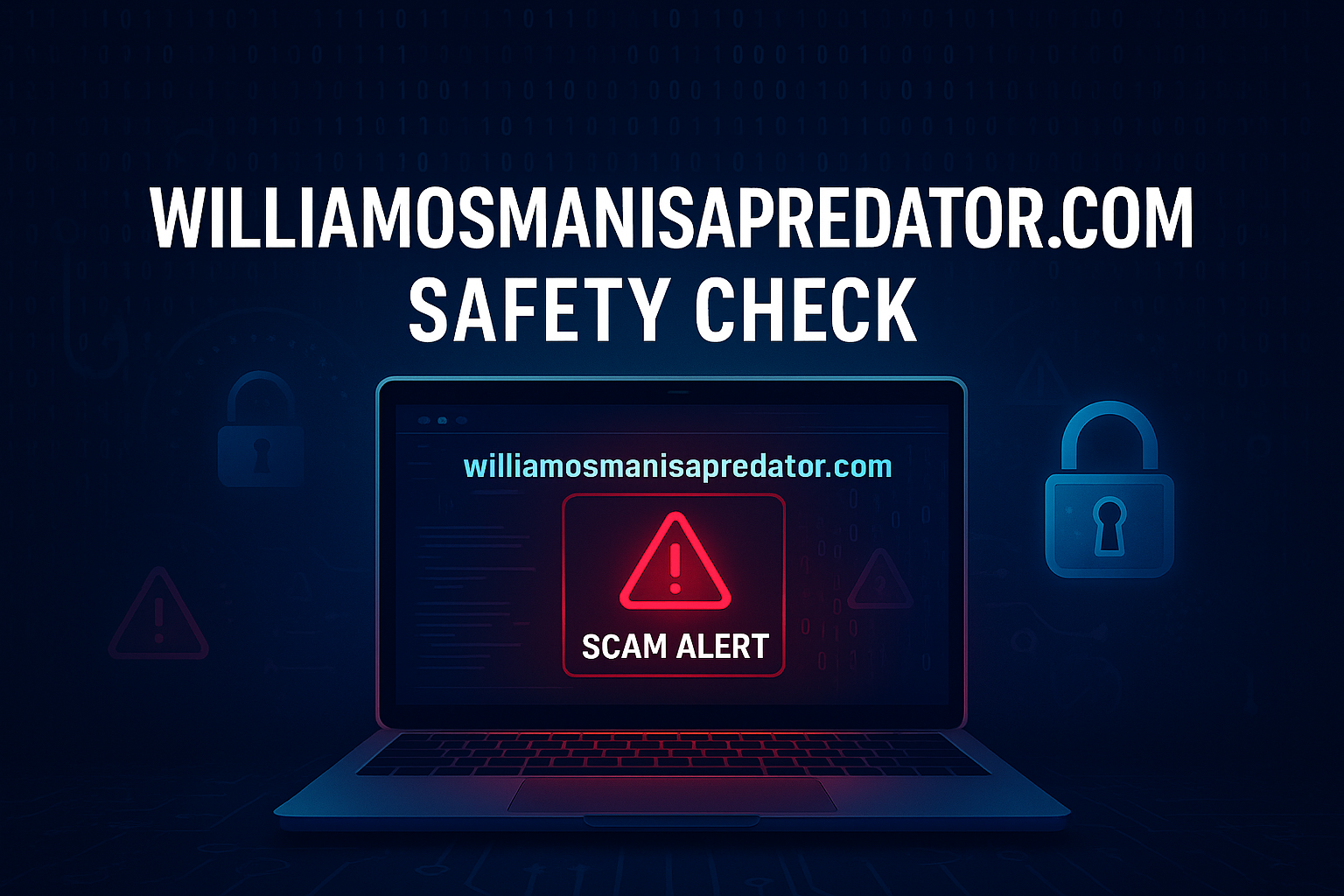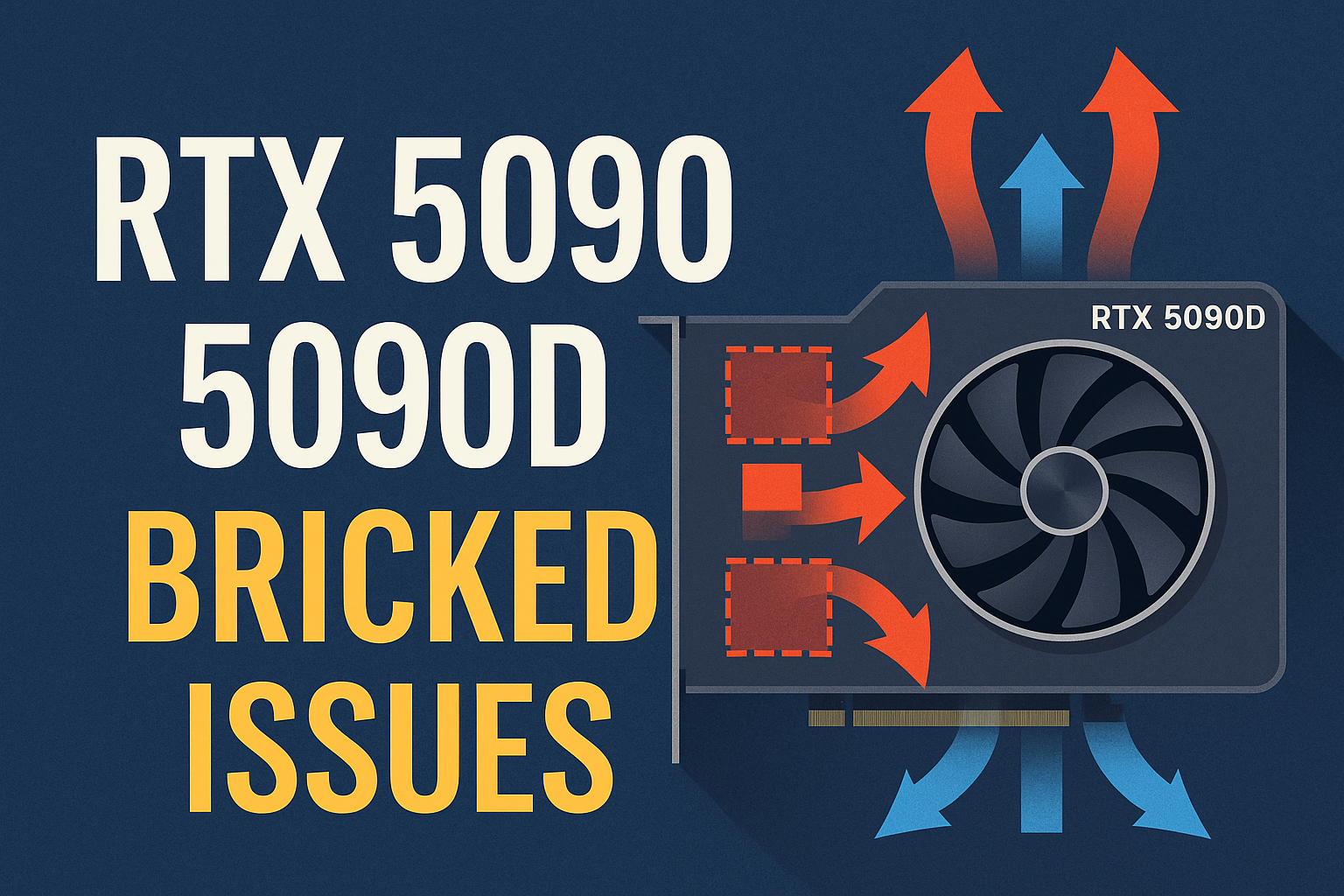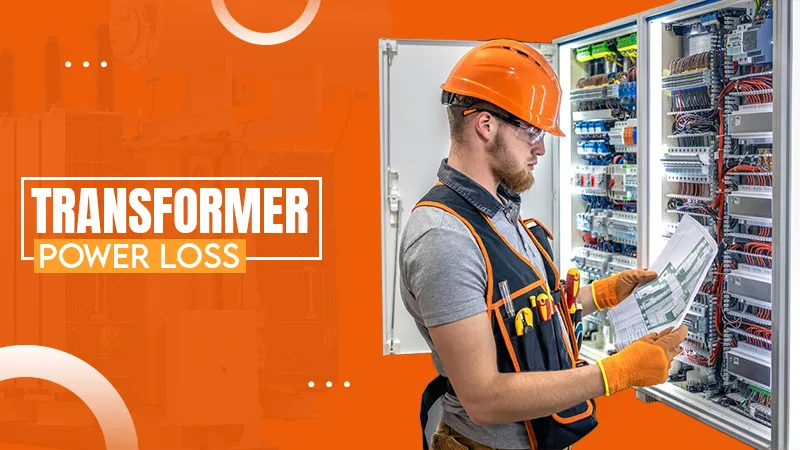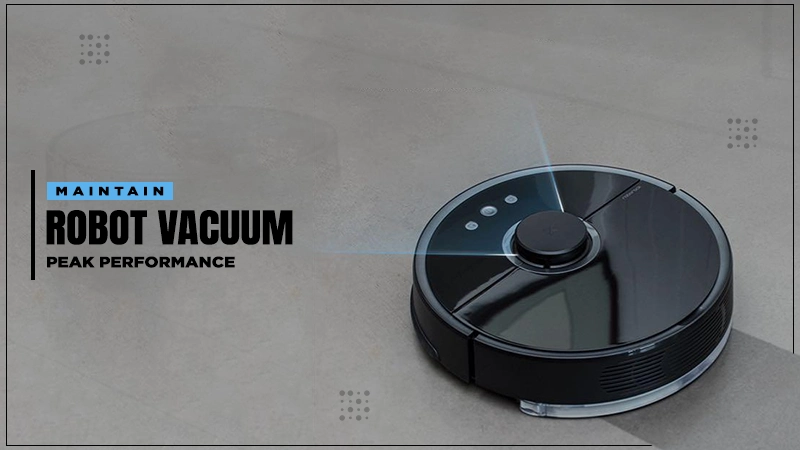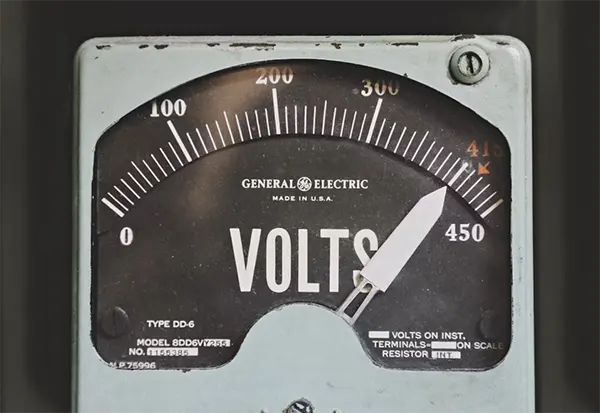
Don’t want your customers to know when the power goes out?
Does your business experience power outages? Even for a few minutes, when the lights go out your business stops moving.
Automatic transfer switch installation is the solution you’ve been looking for.
Automatic transfer switches provide a reliable way to power critical systems with backup power when the primary supply fails. It all happens automatically without human intervention.
I’m going to tell you how to install an automatic transfer switch and make sure it works exactly how you need it to.
Read on!
What you’ll learn:
- Automatic Transfer Switch Installation
- Planning Your Installation
- Installation Best Practices
- Installation Mistakes To Avoid
Automatic Transfer Switch Installation
Why Install Automatic Transfer Switches
Automatic transfer switches are an excellent investment in power reliability.
How often do you experience power outages?
Surprisingly often according to a recent survey. 55% of organizations experienced at least one outage in the last three years.
And when they happen…
They can really hurt your business.
Automatic transfer switches are the solution. They detect power loss and automatically switch to your backup generator in a few seconds. No delays. No manual intervention required. No downtime.
Automatic transfer switch market demand is exploding. According to industry analysts the automatic transfer switch market is expected to grow to $3.53 billion by 2037 at a CAGR of 11.1%.
If you own a business that can’t afford downtime you should care about this trend.
Planning Your Automatic Transfer Switch Installation
Planning is the most important part of any installation.
Here’s what you should do before you start:
Determine Your Power Needs
You can’t wing this. Determine exactly how much power you will need during an outage.
Create a list of critical equipment that must remain powered, total wattage, startup surge, and runtime.
Use that information to determine the capacity of the automatic transfer switch you will need. Add 20-25% to your calculated needs to future proof your investment.
Choose Your Automatic Transfer Switch Type
There are three types of ats switches:
- Open transition switches (break power to source 1 before connecting to source 2)
- Closed transition switches (connect to both sources during the transfer)
- Soft loading switches (slowly transfer the load to avoid voltage spikes)
- Your application will determine which type of switch is best. Make sure you think through your needs before choosing one.
- Automatic transfer switch selection matters. Pick the wrong type and you will wish you had spent more time planning.
Choose The Best Location For Your ATS
Where you install your automatic transfer switch is important.
You want to locate it in a position that is:
- Near your main electrical panel
- Near your backup generator
- Protected from weather, flooding, and physical damage
- Accessible for maintenance and testing
- Well-ventilated
- Make sure you choose the best location for your switch.
Installation Best Practices
Automatic transfer switch installation can be complex. Follow these best practices to ensure a successful installation:
Hire A Licensed Electrician
Automatic transfer switch installation is not a DIY project. A mistake could damage your equipment or even cause a fire.
Do yourself a favor and hire a licensed electrician with experience installing automatic transfer switches.
Follow The Manufacturer’s Instructions
Every ATS has its own installation instructions.
Read them and follow them exactly.
Do not skip steps. Manufacturers know what they are talking about when it comes to how to install an automatic transfer switch. Deviating from the recommended installation process will:
- Lead to system failures
- Create safety hazards
- Void warranties
- Cause failed inspections
Size Your Conductors Appropriately
- The wiring of your system must be appropriately sized to handle the load of your ATS and connected equipment.
- Undersized conductors will overheat and cause voltage drops and equipment failure.
- Use the manufacturer’s wire sizing charts and when in doubt go a size larger.
Install Proper Grounding
- Grounding is an often overlooked step in ATS installation. However, it is critical for safety and protection of equipment.
- Make sure your ATS is properly grounded to your main electrical system and your generator is bonded to the transfer switch.
- Install ground fault protection as well as lightning protection if required by your application.
Test Your Installation Thoroughly
Once you have completed the installation of your automatic transfer switch, you must test it.
Test everything:
- Automatic transfer function
- Generator startup sequence
- Load transfer timing
- Voltage levels
- Safety interlocks
- Emergency shutdown procedures
Test, and then retest your installation. Make sure everything works exactly as it should. The first time you lose power is not the time you want to find out your ATS is not working.
Installation Mistakes To Avoid
Automatic transfer switch installation can be tricky. Watch out for these common mistakes:
Undersizing The Transfer Switch
The number one mistake I see is people undersizing their transfer switch.
They size it for today’s load, but don’t take into account future growth. Your business will grow, your power needs will increase.
Install an automatic transfer switch that can handle 30-40% more load than you currently have. Future proof your investment.
Ignoring Local Codes
Electrical codes vary from location to location.
Before you start your installation, check your local building codes, obtain all necessary permits, schedule inspections, and follow any utility company requirements.
The last thing you want is to have to redo your installation because you failed an inspection.
Poor Maintenance Planning
Installing an automatic transfer switch is just the beginning. You must have a maintenance plan in place to ensure it will work when you need it.
Your maintenance plan should include:
- Monthly visual inspections
- Quarterly load testing
- Annual professional servicing
- Battery replacement (if applicable)
Set up a maintenance schedule the day you install your ATS. Don’t let poor maintenance lead to an expensive failure in the future.
Neglecting To Document Your Installation
Documentation is key to any successful installation.
Keep records of:
- Wiring diagrams
- Settings and configurations
- Test results
- Maintenance history
- Contact information for service providers
You will thank yourself when you need to troubleshoot an issue and have easy access to this information.
Automatic Transfer Switch Installation Wrap-Up
Installing an automatic transfer switch is not difficult, but it must be planned and executed correctly.
Remember these points:
- Plan for your current power needs and future growth.
- Choose the right switch type for your application.
- Hire qualified professionals and follow all codes and manufacturer instructions.
- Test your installation thoroughly before putting it into service.
- Plan for ongoing maintenance.
Enjoy the peace of mind that comes with knowing your power will stay on no matter what happens with the grid. Your customers won’t even know there was a power outage.
That’s the benefit of a properly installed automatic transfer switch.


